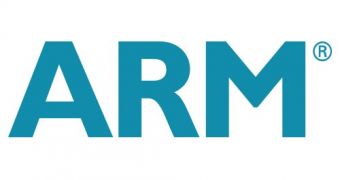That ARM wants to take away some of Intel's IT share is not a mystery, and it seems that a certain company known as Calxeda is going to try and become one of the first suppliers of server chips and SoCs.
It seems that ARM really does have serious plans for entering the server market, even though it was recently discovered that there might be a software barrier to surpass first.
Dell, for example, has been experimenting with the ARM architecture and, while it found use for the hardware, said that software compatibility may be a big issue.
Regardless, the fact is that ARM wants to invade Intel's domain just about as much as the latter wants to power smartphones and handsets.
That said, Calxeda may or may not become one of the companies to push adoption of the ARM architecture on servers.
Apparently, the outfit has completed its first reference design for OEM partners and select end-user and developer customers.
It is, essentially, a quad-core ARM Cortex-A9 system-on-chip solution (an odd choice, considering that the more advanced A-15 was specifically made for servers), leading to the possibility of servers with up to 120 ARM quad-core nodes (480 cores).
All in all, a 2U enclosure should end up using just 5W per node (1.25W per core), and this includes both the processor and DRAM power draw.
Compared to the lowest-power AMD Opteron nodes (5.83 per core), this is definitely a striking contrast, although it might not be enough.
Basically, in the end, it will all come to performance and how well and power-efficiently the new SoCs mesh with network cards, HDDs and the chipsets themselves.
“Calxeda fully expects other players like Intel (with Atom) and AMD to make strides [into the low-power servers] too, so there will be performance comparisons all over the map. Only real application testing will prove Calxeda’s performance, and Calxeda will be open for proof of concept proposals this Fall,” said Laura Beck, a spokeswoman for Calxeda, said.

 14 DAY TRIAL //
14 DAY TRIAL //